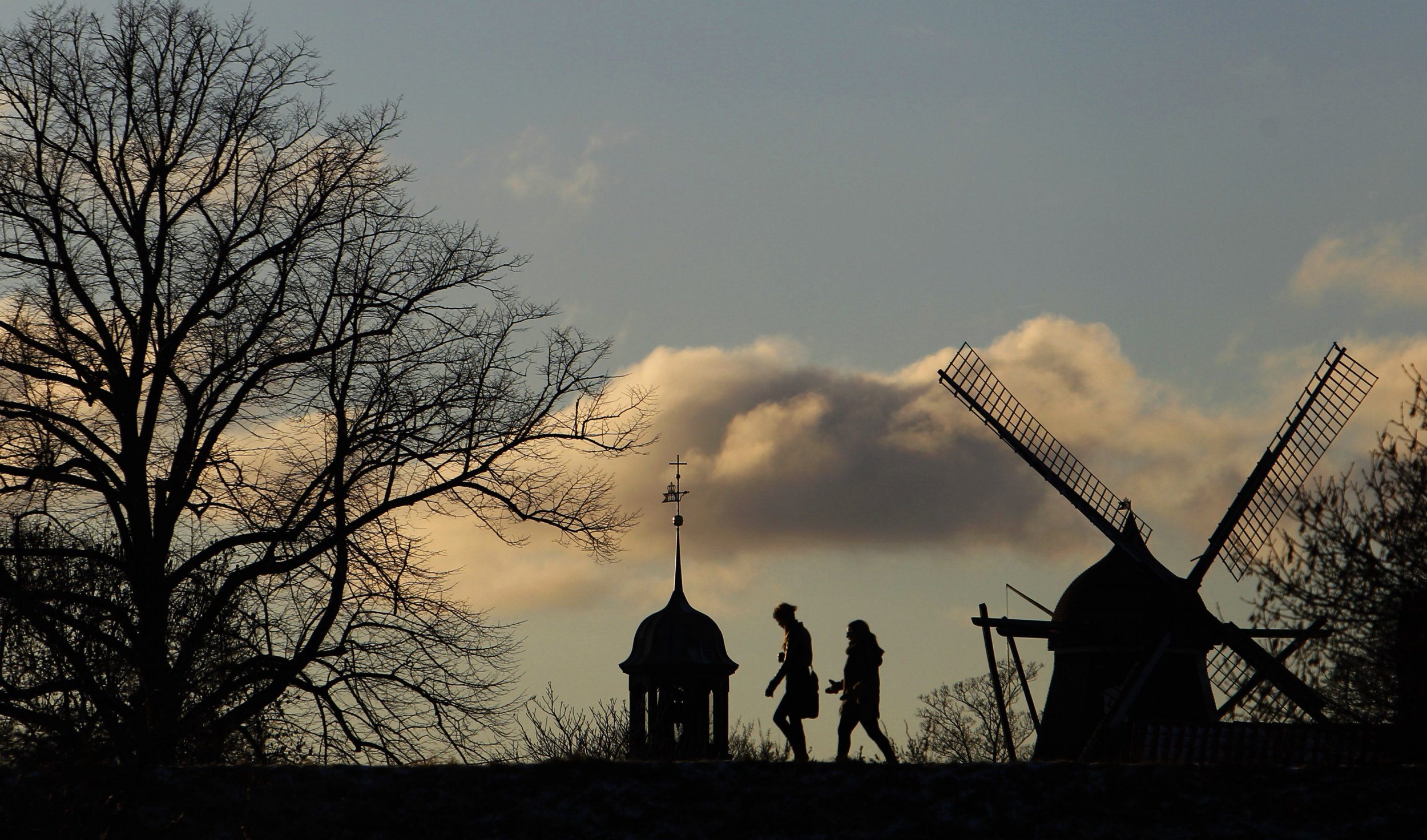
Historians believe they have found the dwellings of the ruler of a medieval Scandinavian village, mysteriously lost around the time of the Renaissance.
Digging around the eastern countryside of Denmark's island of Zealand, archaeologists have unearthed three stone courtyards near the town of Tollerup earlier this month, the ScienceNordic website reported. The discovery is rare, not only because it was built more durably than many houses from the same period but also because its existence is well detailed in written sources, but the reason for its demise is not clear.
"The interesting thing about this find is that we have some very old written sources that [give us] an entirely new understanding from what we can interpret from the excavation alone," Gunvor Christiansen, archaeologist at Roskilde Museum said.
The existence of a village in the area dates back from records as early as 1085, when a letter from King Canute IV details his decision to give control of it to a bishop. The excavated houses date from a few centuries later but tax rolls from nearby Tollerup show the spot was actually quite prominent, noting that the site included at least six farms and the manor house where taxes from locals were likely collected and stored.
Read More: What's the best, most futureproof city to live in? It's not in the U.S.
The foundations of the three uncovered structures, dated to the time of the late Middle Ages and the Renaissance (around 1400 to 1600) are surrounded by a gravel pit and fit the descriptions to the point of the ruling family's manor house.
"Compared with other farms of the same period, we can see that one of the farms must have been the manor house, referred to in the written sources," Christiansen said. "It's a qualified guess, because the farm is so large."
Tre gårde fundet i det sydøstlige Frederikssund kan stamme fra en forsvunden by omtalt i gamle skriftlige kilder https://t.co/5urrbUKvH5
— Videnskab.dk (@videnskabdk) November 14, 2017
Blandt andet i et brev fra Kong Knud den 4., der giver byen i gave til biskoppen i år 1086.#dkvid #arkæologi #historie @Nationalmuseet pic.twitter.com/uv9J0thXHu
The house was likely two storeys tall and had a large cellar, while the farms stretched to over 16 feet wide and up to around 65 feet long. The cellar would have been filled with collected taxes and produce, with evidence of grinding stones from a mill, an oven and plow equipment found, alongside traces of tile flooring with Christian motifs.
The country site is an uncommon find regardless of its back story, as Nils Engberg, curator at the National Museum of Denmark noted that around the time of construction, the Nordic country was hit by a timber shortage—a popular building material of the period. This increased demand for stone-built housing and in many cases stones from old buildings were recycled into newer housing so an abandoned complex such as this could have been picked apart for its materials, as many were.
"We have lots of excavations from earlier periods," he said. "For example from the Stone Age and Bronze Age. But unfortunately not from the Middle Ages because the houses were built in a different way."
Why the manor was abandoned, how it survived and whether it is the village noted in records will now be questions for further research.
Uncommon Knowledge
Newsweek is committed to challenging conventional wisdom and finding connections in the search for common ground.
Newsweek is committed to challenging conventional wisdom and finding connections in the search for common ground.
About the writer
I am a Staff Writer for Newsweek's international desk. I report on current events in Russia, the former Soviet Union ... Read more
To read how Newsweek uses AI as a newsroom tool, Click here.








